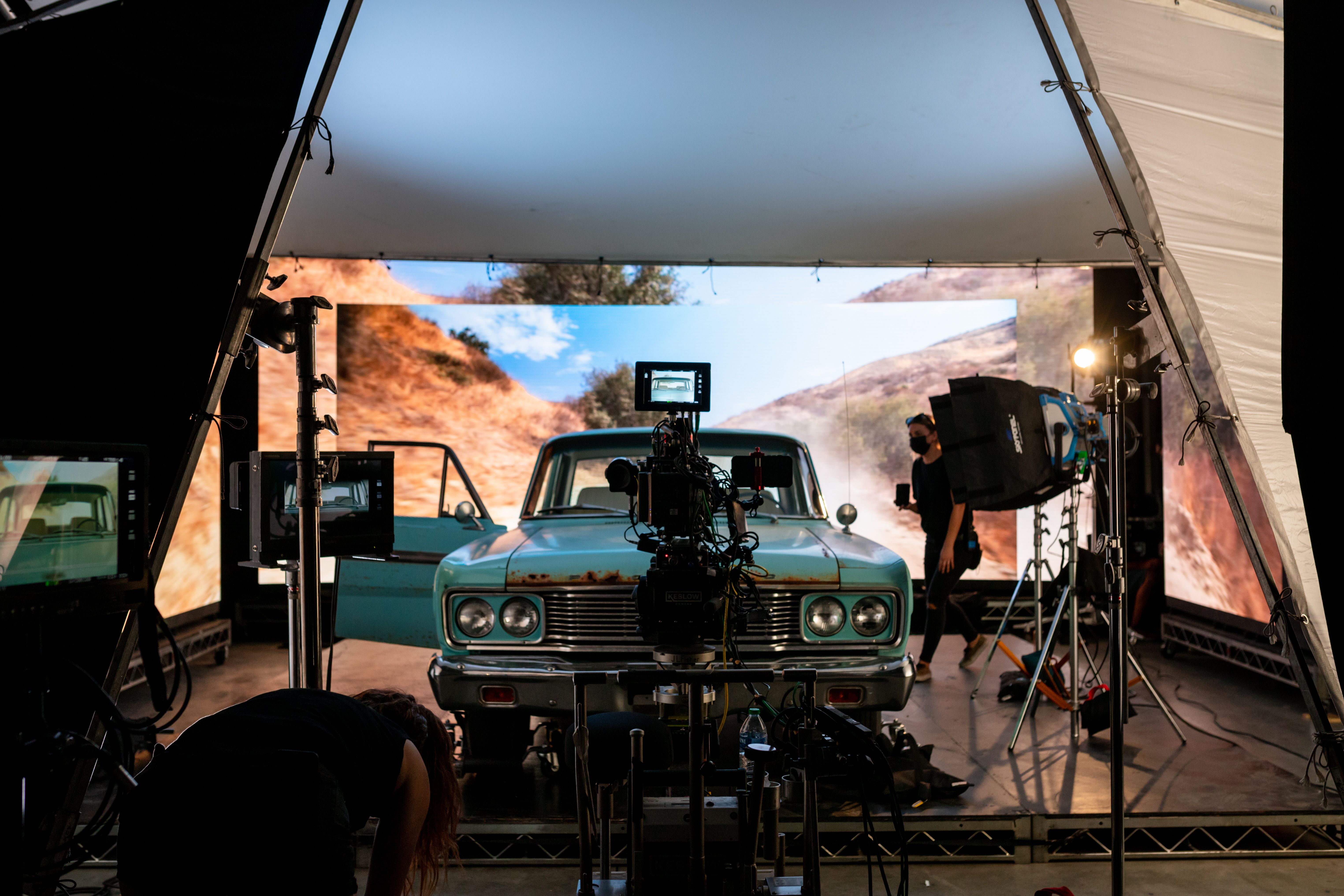American Society of Cinematographers to Release New Film for Testing & Calibration
The free download of Standard Evaluation Material II as part of ASA's StEM2 initiative is designed to test and calibrate technologies impacting the imaging chain

LOS ANGELES—The American Society of Cinematographers (ASC) has announced the planned release of its Standard Evaluation Material II (StEM2) project as a free download in early 2022.
The short film is an initiative by the organization to provide standardized viewing material designed to aid in the development and calibration of technology impacting the modern imaging chain. StEM2 test packages will be available in early 2022 to download for free in all common theatrical and home TV formats.
“The Mission,” a professionally produced short film for the StEM2 initiative, emulates a high-end movie. Under the direction of the ASC, the film was designed to test exhibition and streaming systems, displays, and image-processing tools used in production and post, the ASC said
“We set out to create a comprehensive assessment of the elements that increasingly impact professional production in today’s environment,” says ASC president Stephen Lighthill. “StEM2 offers the industry the information needed to support developments and advancements of products and solutions for image creation. Everyone from filmmakers, studios and post houses to engineers, technologists and manufacturers are affected by the technical complexities impacting storytelling.”
StEM2 was produced with significant backing from studios, technology companies and industry leaders, including a seed grant from Epic MegaGrants, as well as major support from the Academy of Motion Picture Arts and Sciences (AMPAS) Scientific and Technical Council.
“We saw a need to measure the dramatic change in workflows to enable script-to-screen technology that will support the viewer’s experience as close as possible to the filmmaker’s intentions,” notes chairman of the ASC Motion Imaging Technology Council (MITC) Curtis Clark, ASC. “As exhibition technology continues to advance, there is a critical need for baseline evaluation material originated by neutral and trusted third-party imaging experts.”
“The Mission” was carefully conceived to exploit and challenge today’s exhibition and image processing systems, the ASA said.
Get the TV Tech Newsletter
The professional video industry's #1 source for news, trends and product and tech information. Sign up below.
StEM2 utilized the Academy Color Encoding System (ACES) throughout the entire pipeline. The project evaluated the challenges of moving meticulously crafted images through cloud workflows, including camera-to-cloud, dailies, editing, rendering and creation of deliverables while simultaneously maintaining artistic intentions. Utilizing an array of production environments, it was shot on location and on virtual production stages in July, capturing scenes shot in a dark cave, the desert, car interiors (day and night), city streets (night exteriors), and a dimly lit hospital (night interiors), the ASC explained.
Additional parameters tested by “The Mission” include image high dynamic range, diverse skin tones, high resolution detail, in-camera VFX, fast moving action, and visuals to tax compression algorithms and image processing software.
StEM2 is an updated version of the ASC’s StEM1 project, which was a collaboration of the ASC and Digital Cinema Initiatives (DCI) in 2004. StEM1 helped DCI to establish technical parameters for digital cinema specifications during the transition from film print projection. It continues to be a bellwether for the industry in evaluating first generation digital developments.
For more information on “The Mission” and accessing files, visit https://theasc.com/news/stem2
George Winslow is the senior content producer for TV Tech. He has written about the television, media and technology industries for nearly 30 years for such publications as Broadcasting & Cable, Multichannel News and TV Tech. Over the years, he has edited a number of magazines, including Multichannel News International and World Screen, and moderated panels at such major industry events as NAB and MIP TV. He has published two books and dozens of encyclopedia articles on such subjects as the media, New York City history and economics.

